Go the extra mile
Towards a cooler planet
US climate change goals for 2030: key targets & actions
14 January 2023
The United States is addressing the challenge of reducing greenhouse gas emissions through an ambitious strategy. By 2030, it aims to achieve a 50-52% reduction in emissions compared to 2005 levels, working towards its broader target of net-zero emissions by 2050. This multi-faceted plan focuses on renewable energy sources such as solar, wind, and hydropower, alongside improvements in energy efficiency.
The transportation sector, a significant contributor to emissions, is being tackled through initiatives to increase electric vehicle adoption and enhance public transport infrastructure. Moreover, policies like carbon pricing, stricter emissions standards, and financial incentives are being implemented to support these efforts. Collaboration between federal, state, and local governments is integral to ensuring a unified approach.
These measures reflect the US’s commitment to global goals under the Paris Agreement. By advancing these targets, the nation aspires to inspire international collaboration and progress towards a sustainable future.
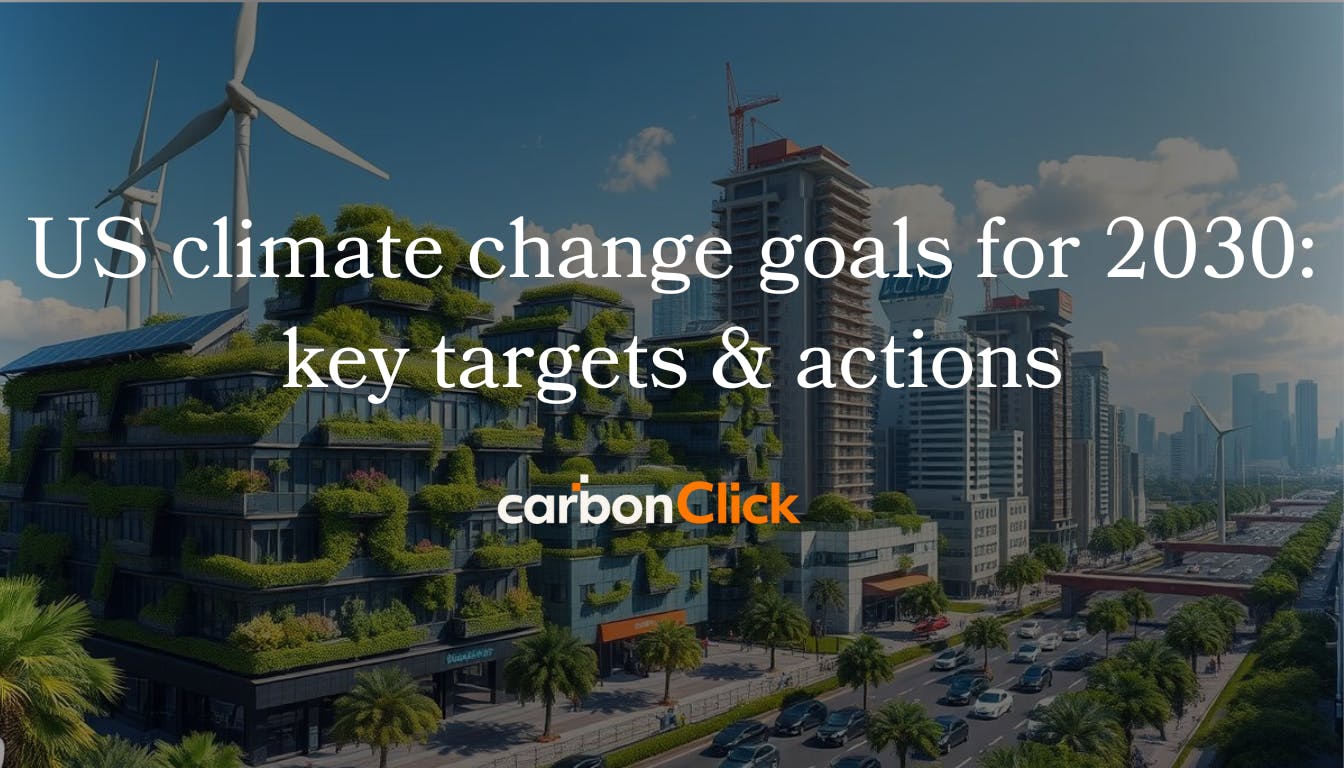
Understanding the 2030 climate goals
The United States has set ambitious goals for reducing carbon emissions by 2030, aligning with international agreements such as the Paris Agreement. The primary target is to lower net greenhouse gas emissions by 50-52% below 2005 levels by 2030, a commitment requiring substantial efforts across sectors like energy, transport, and industry.
The strategy also prioritises equity, aiming to ensure that benefits from these actions reach communities most impacted by pollution and environmental challenges. By addressing the intersection of emissions reduction, public health, and social equity, the approach aspires to foster a more inclusive and sustainable future
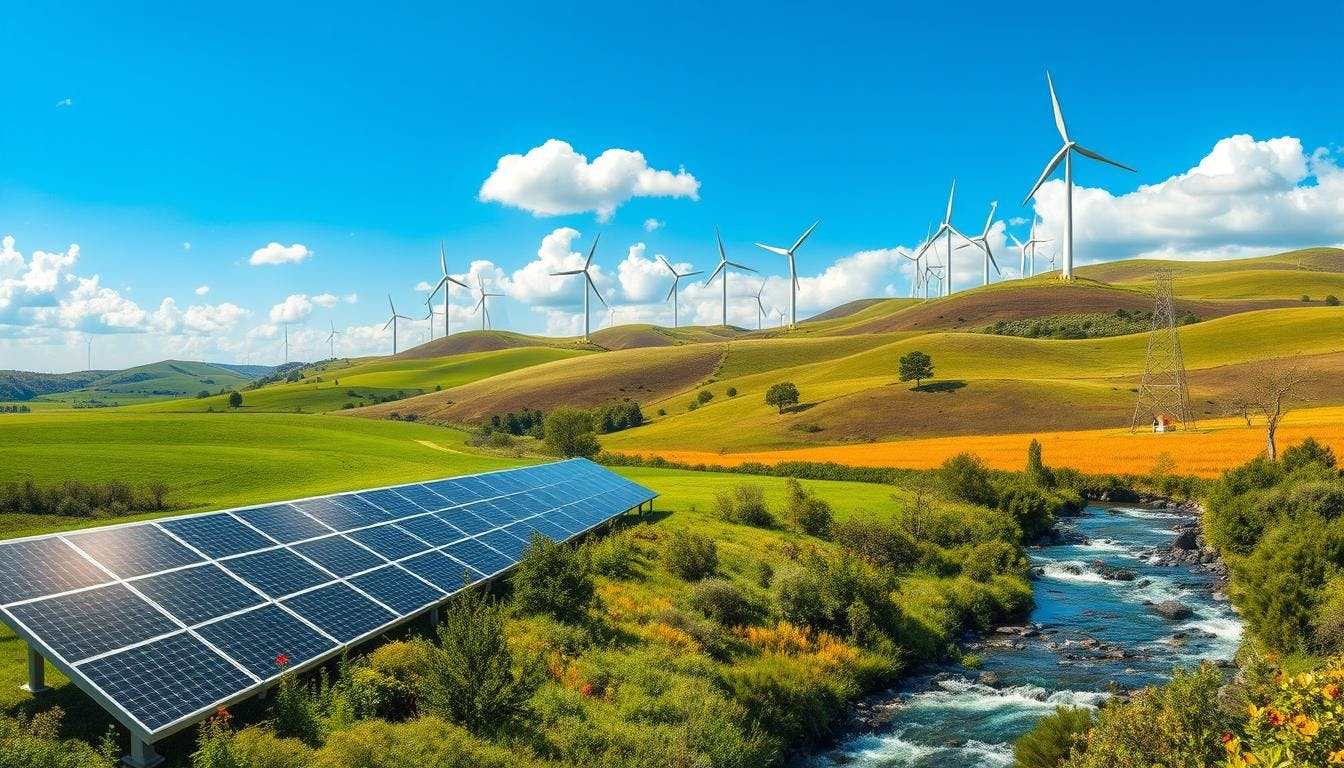
Key federal policies promoting climate action
The United States government has introduced several federal policies and laws to support its clean energy objectives, with the Clean Energy Plan being a key part of this strategy. The plan emphasises transitioning the nation’s energy system to renewable and sustainable sources, alongside modernising infrastructure.
The Clean Energy Plan involves significant investment in renewable energy projects, including solar, wind, and energy storage. It also supports updates to the national energy grid to accommodate these advancements. In addition, the plan encourages energy efficiency improvements in residential, commercial, and industrial sectors.
Tax credits are central to this strategy, with initiatives from the Inflation Reduction Act (IRA) expanding access to incentives for renewable energy projects. These include direct pay options for non-profit and government entities, making it easier for a wider range of organisations to benefit from clean energy investments. Stricter emissions standards and investment tax credits further incentivise businesses to adopt low-carbon technologies.
These measures are part of broader efforts to meet the United States' goal of reducing greenhouse gas emissions by 50–52% from 2005 levels by 2030 and achieving a low-carbon economy
State-level actions supporting 2030 goals
States across the United States are playing a crucial role in achieving the country's 2030 emissions targets. By introducing innovative policies and forming partnerships, states are contributing to reducing emissions and promoting renewable energy sources, while also improving community resilience to environmental challenges.
In California, legislation such as SB 100 mandates achieving 100% clean electricity by 2045. This initiative has spurred significant growth in solar, wind, and energy storage projects, creating thousands of jobs and making California a leader in renewable energy development.
New York has been focusing on enhancing energy efficiency in buildings and transport, working with homeowners and businesses to implement affordable clean energy solutions. These measures have resulted in reduced emissions and strengthened local resilience.
States like Colorado and Washington have also adopted ambitious strategies, including investments in local energy resilience projects and partnerships with the private sector. Such efforts complement federal initiatives and bolster the broader national response to environmental challenges.
This combination of state and federal efforts underscores the importance of collaboration in achieving long-term goals for energy transition and reduced emissions.
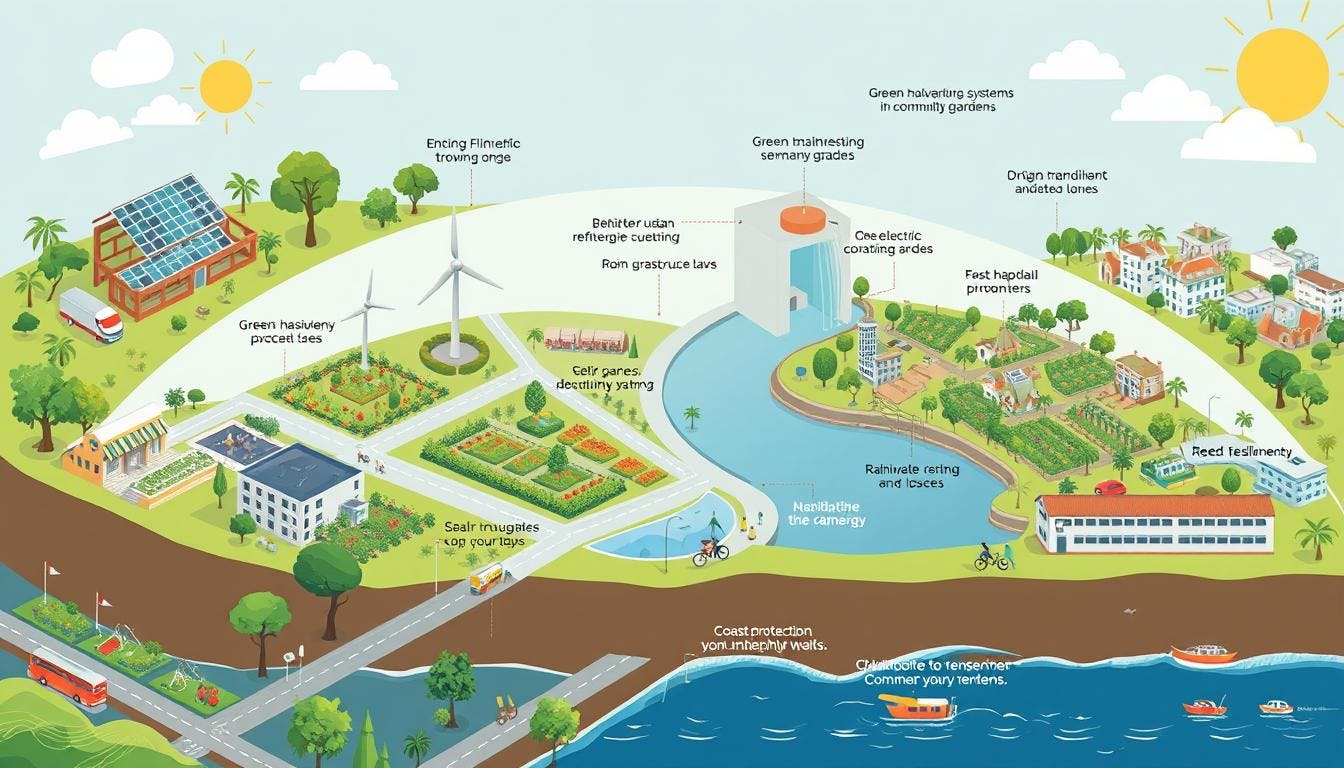
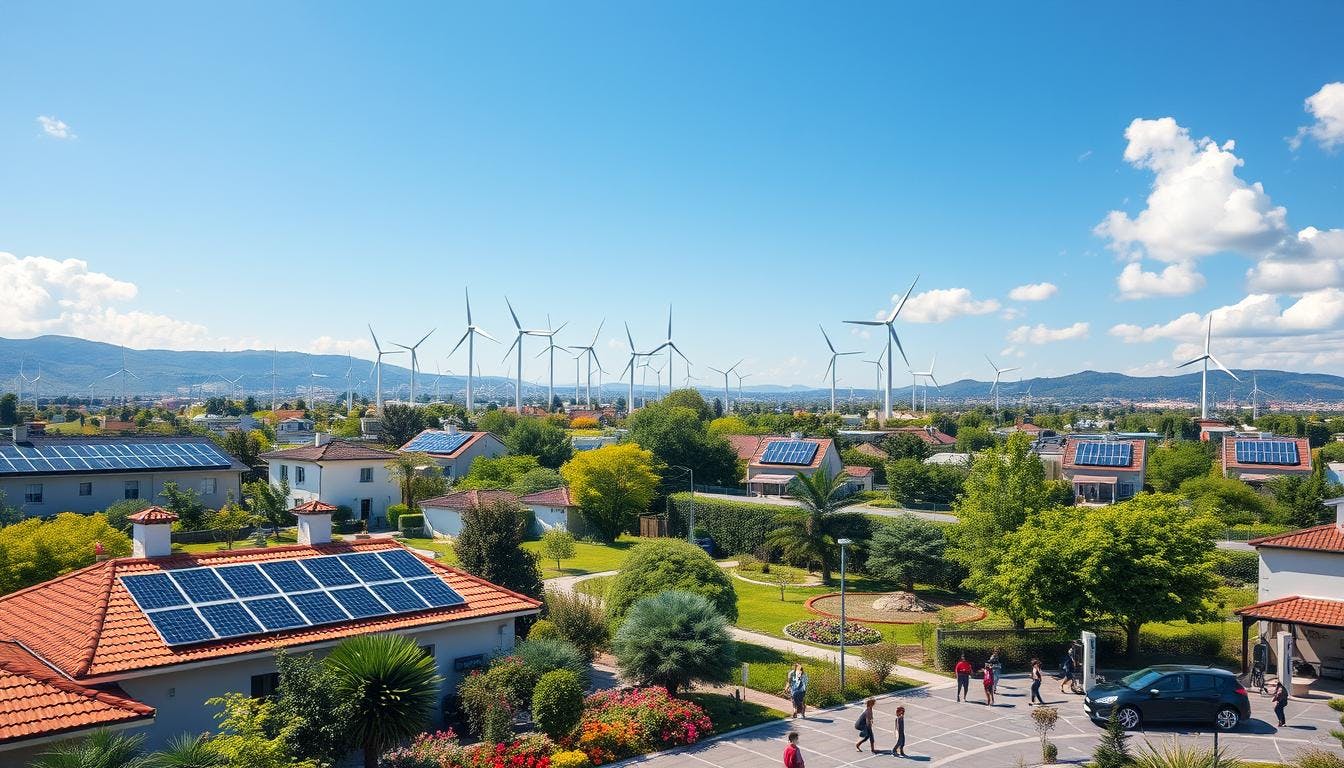
Transitioning to renewable energy sources
The United States is taking significant steps to meet its 2030 climate goals. Key measures include transitioning to renewable energy sources like solar and wind while upgrading the energy grid to integrate these technologies more effectively. The federal government is also focusing on supporting the expansion of electric vehicles (EVs) and improving public transportation systems to reduce dependence on fossil fuels and cut emissions.
Modernising the power grid plays a critical role in accommodating more renewable energy. Investments under the Infrastructure Investment and Jobs Act (IIJA) and the Inflation Reduction Act (IRA) are accelerating this process, enabling cleaner energy deployment while addressing challenges like intermittent energy generation from solar and wind. These efforts are crucial for maintaining energy reliability as the country ramps up the use of renewables.
In addition to environmental benefits, this transition aims to strengthen energy security, create jobs, and contribute to a low-carbon economy. By 2030, wind, solar, and other renewable sources are projected to make up a significant portion of the energy mix, further reducing greenhouse gas emissions
Emissions reduction strategies
The United States is focusing on a broad range of strategies to meet its climate goals by 2030. Central to these plans is a transition to renewable energy sources like solar, wind, and hydropower. Significant investment is being directed towards modernising the energy grid to make this transition smoother, as well as promoting electric vehicles (EVs) and expanding public transportation systems to reduce fossil fuel dependency and cut emissions.
The transport sector is undergoing a transformation, with incentives for electric vehicles and improvements in fuel efficiency. Moreover, there are efforts to encourage public transport use and introduce sustainable alternatives for air and sea travel.
The buildings sector is also targeted for emissions reduction through retrofitting existing structures and ensuring new buildings are energy-efficient.
Together, these steps aim to reduce emissions across various sectors, with significant investments in both infrastructure and technology. The US is working towards creating a more secure, sustainable energy future, leveraging policies, innovations, and partnerships to meet its ambitious 2030 targets
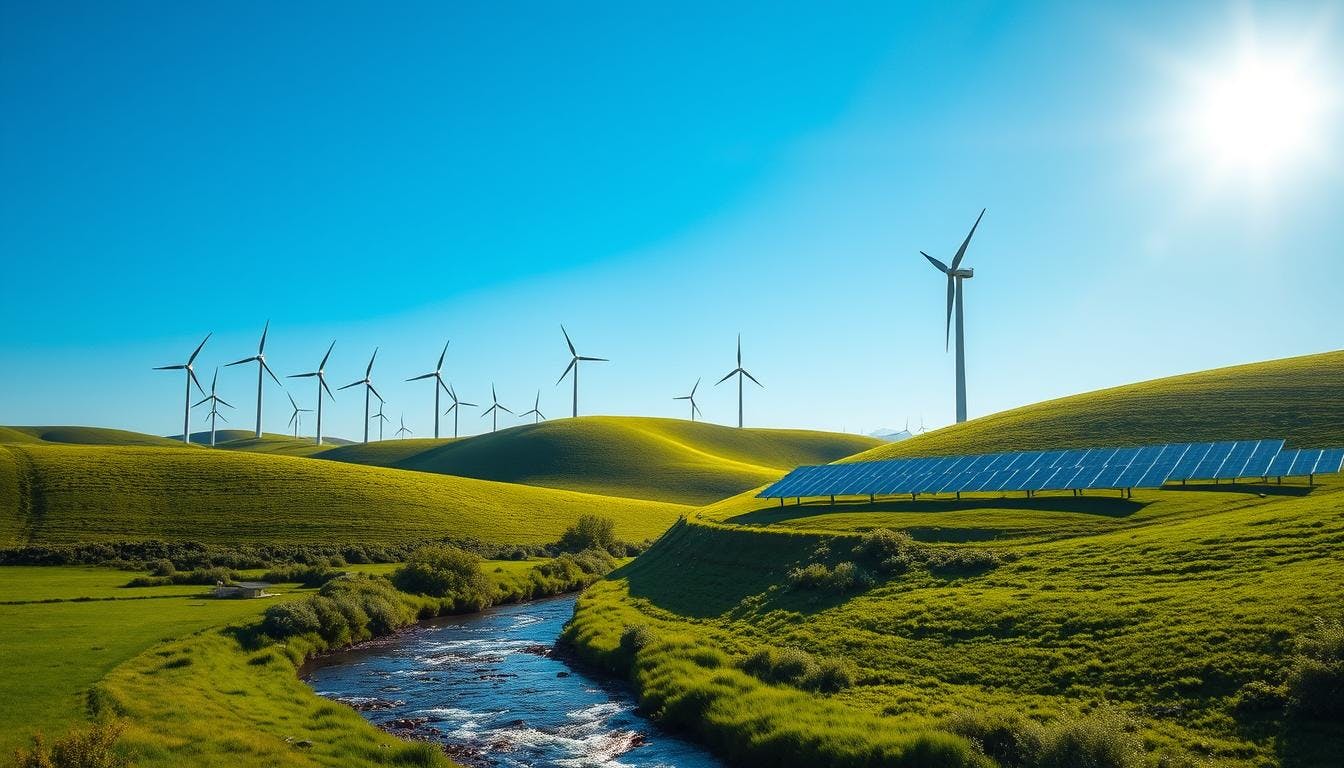

Climate resilience and adaptation strategies
The United States is indeed prioritising efforts to strengthen its climate resilience and adapt to ongoing climate challenges. Federal policies, such as nature-based solutions, are at the forefront of these efforts. Key initiatives focus on enhancing natural infrastructures like wetlands, urban forests, and sustainable roofs to better manage climate risks such as flooding and extreme heat. These efforts are not only aimed at reducing vulnerability but also at creating jobs and fostering a more sustainable future.
Additionally, the US government has been working with states and local communities to develop specific climate plans, identifying vulnerabilities and preparing for future challenges. This collaborative approach ensures that infrastructure investments align with long-term resilience goals, ultimately benefiting both the environment and local economies.
Private sector engagement in climate initiatives
The role of businesses in achieving the United States' climate goals by 2030 is crucial, and many leading companies are actively contributing to the push for a low-carbon economy. Key sectors, such as transportation and energy, are seeing substantial investments and innovations that support emissions reduction efforts.
For instance, major car manufacturers are expanding their electric vehicle offerings, while technology giants are committing to renewable energy investments. This aligns with a broader trend where businesses, recognising both the environmental and economic benefits, are setting ambitious emissions reduction targets and exploring new methods to lessen their carbon footprint.
Additionally, many companies understand the market advantages of prioritising sustainability. Shifting to electric vehicles and promoting public transport not only cuts emissions but can also lead to significant cost savings. Moreover, as consumer interest in environmental impact grows, businesses that lead in sustainability efforts often gain a competitive edge.
The combined efforts of the public and private sectors are essential for meeting the 2030 climate targets. By pooling their resources, knowledge, and capabilities, businesses are helping to create a more sustainable and resilient future.
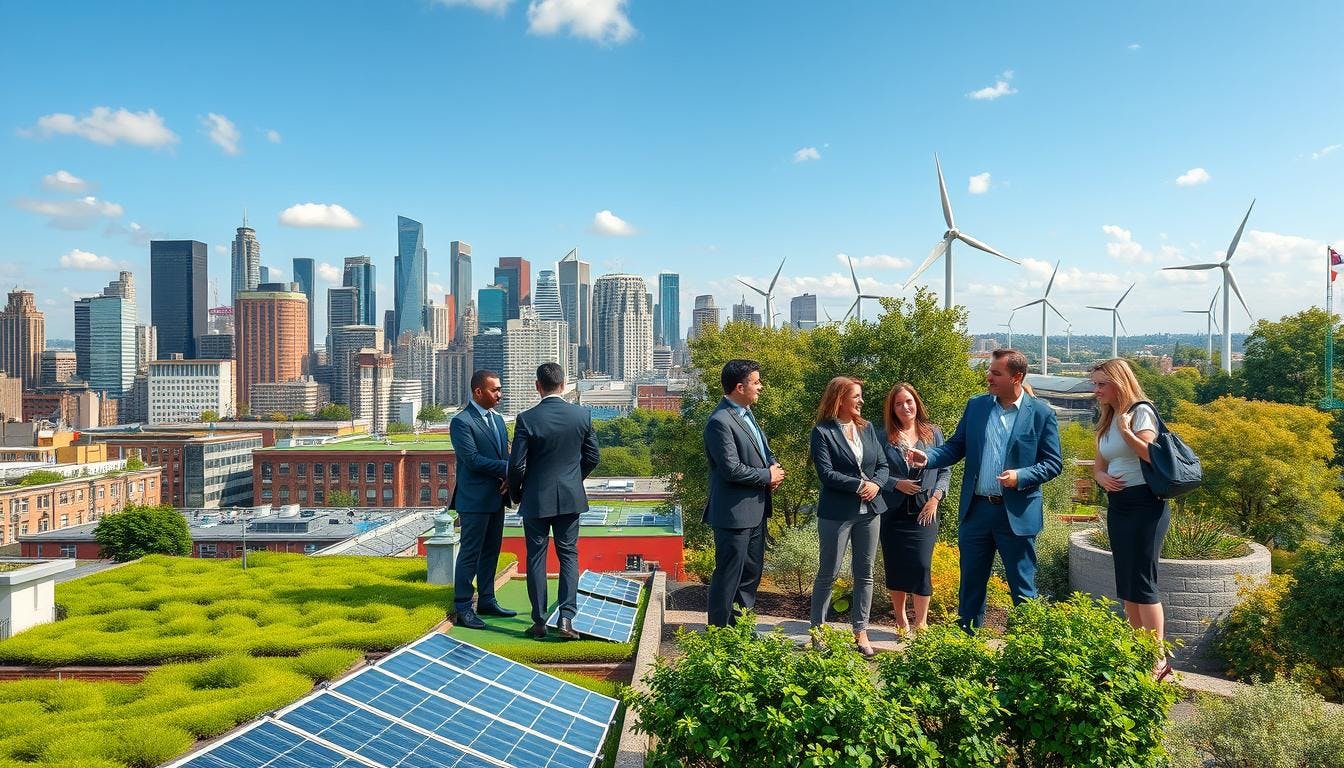
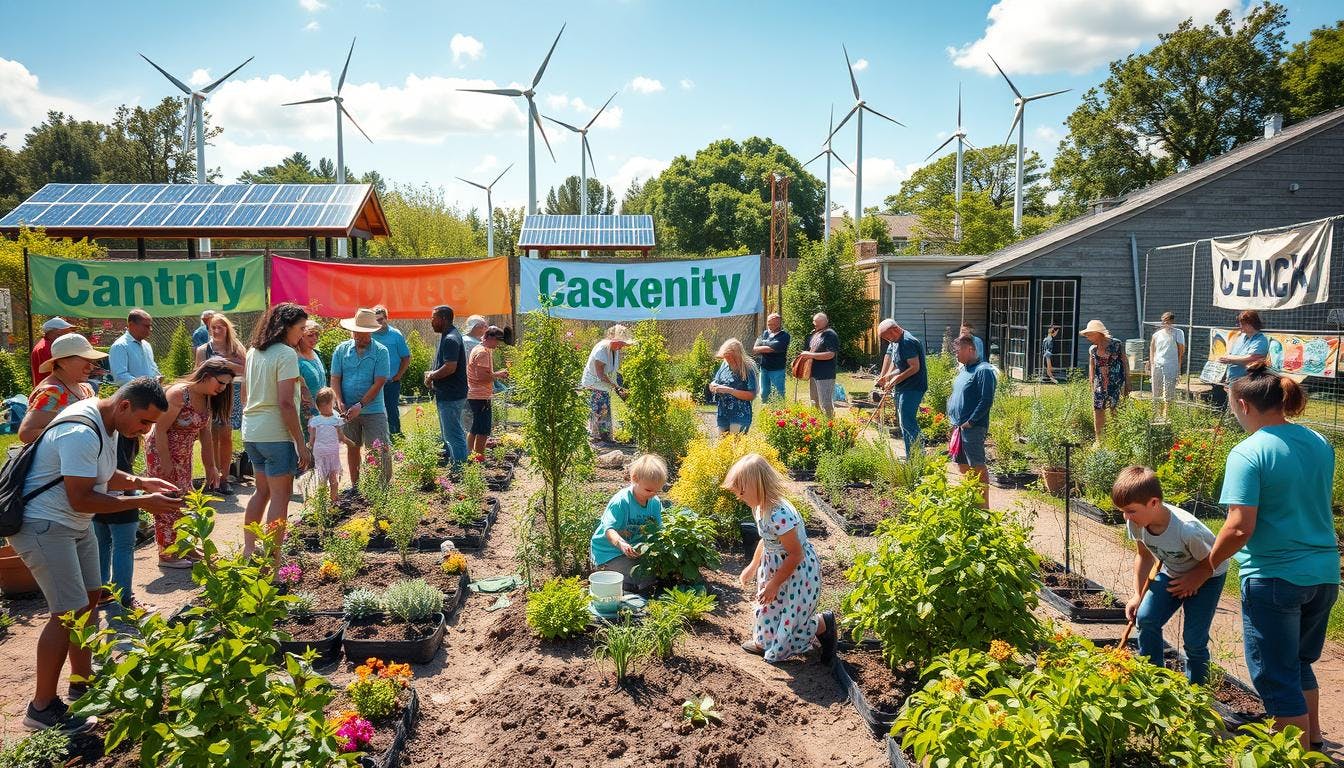
Community involvement and public awareness
To reach the 2030 climate goals, community involvement across the US is crucial. Environmental justice and local efforts play a key role in spreading awareness and encouraging action for a more sustainable future. Across the nation, schools and organisations are teaching about climate change, highlighting the national climate plan, and explaining how people can help. This education encourages individuals to adopt more sustainable lifestyles.
Local groups are also making a difference by pushing for improved policies, launching renewable energy projects, and organising clean-up events. These actions help to reduce pollution and foster community engagement. In particular, programs focused on environmental and climate justice are working to enhance resilience in disadvantaged communities, addressing local vulnerabilities and providing the tools needed to adapt to climate change impacts.
By working together, communities play an essential part in achieving the 2030 climate goals, supporting larger initiatives at the national and state levels. These local efforts are integral in building a more sustainable and resilient future.
Community responses to biodiversity loss
Climate change is severely impacting marine ecosystems. Coastal communities and conservation groups around the world are taking action, demonstrating how local efforts can make a significant difference in marine conservation.
Community projects are at the forefront of promoting sustainable fishing. These initiatives employ responsible fishing methods and support the recovery of fish populations. For example, in the Philippines, local marine protected areas have contributed to the restoration of coral reefs and fisheries, benefiting both marine life and the local population.
However, the focus extends beyond fishing. Communities are also leading efforts to clean coastlines, restore mangroves, and protect vital habitats. In Kenya, the Watamu Marine Association engages local volunteers in beach clean-ups and marine conservation education. These actions address immediate challenges while fostering a sense of shared responsibility within the community.
These community-driven projects highlight the crucial role of local people in safeguarding the oceans. By supporting these initiatives, we can make a significant impact in preserving our oceans for the future.

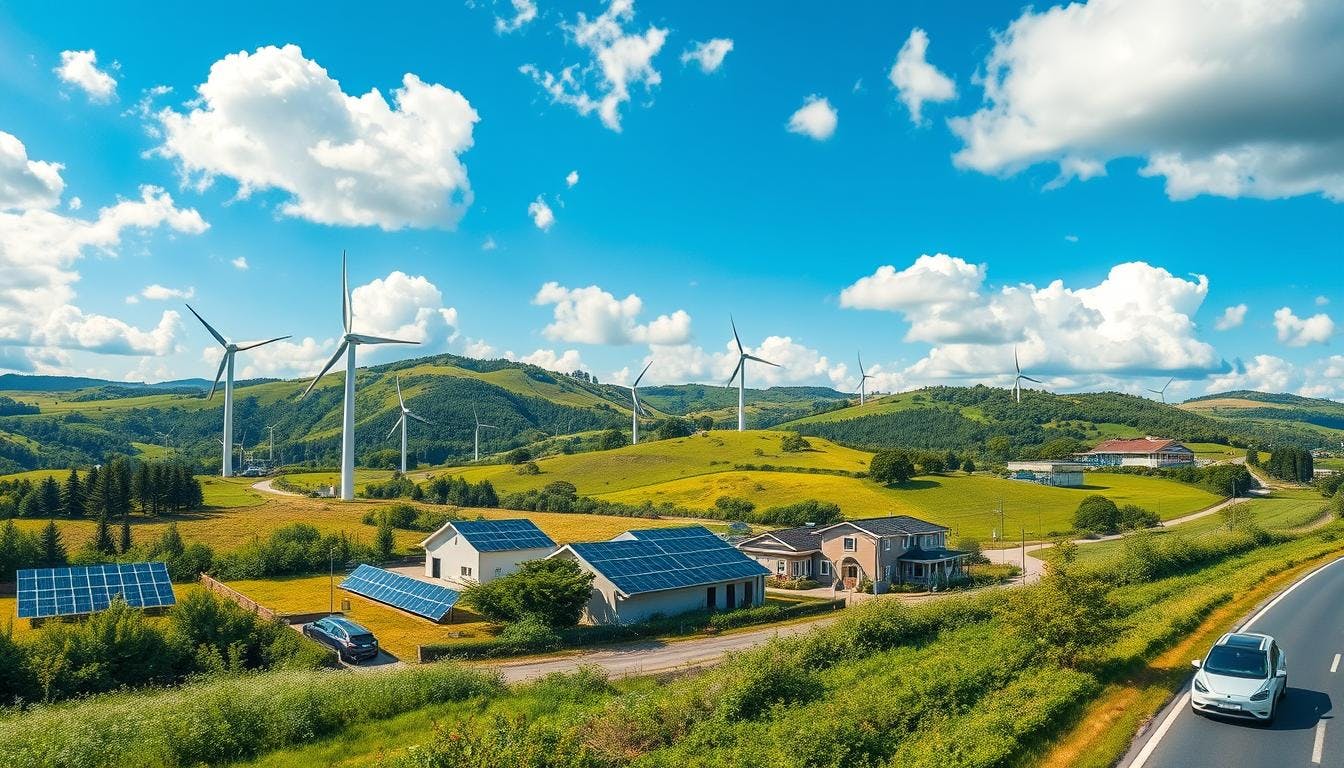
The role of technology in achieving goals
The world is working hard to address climate change, with technology playing a key role in achieving the 2030 goals for renewable energy and carbon emission reduction. Clean energy technologies, carbon capture, and advancements in energy storage solutions are driving this transformation.
Solar and wind energy technologies have become more efficient and cost-effective, making them more viable alternatives to traditional fossil fuels. Carbon capture and storage technologies have also seen significant improvements, helping to reduce emissions from hard-to-decarbonise sectors and actively remove CO2 from the atmosphere.
Energy storage solutions, such as batteries and hydrogen fuel cells, have made considerable progress as well. These systems play a crucial role in integrating renewable energy into the grid and facilitating the transition to renewable energy sources. These innovations help reduce carbon emissions and enhance energy security and reliability, which are essential for meeting the 2030 climate goals.
As the world moves towards a renewable energy future, the role of technology will only become more significant. Continued research and the adoption of innovative solutions will be key in achieving the 2030 targets for cutting carbon emissions and ensuring a sustainable future.
International collaboration on climate change
The world faces a significant challenge with climate change, and the United States recognises the need for global cooperation to meet its 2030 climate goals. By collaborating with other nations, the US is leveraging public-private partnerships to drive substantial change.
The US has signed key international agreements, such as the Paris Agreement, committing to work with other countries to limit global temperature increases. This includes sharing effective climate solutions, conducting joint research, and securing funding to support the transition to cleaner energy.
Additionally, the US acknowledges the vital role of the private sector in advancing climate action. By partnering with businesses, the US gains access to their expertise, creativity, and resources, which helps accelerate progress toward the 2030 climate targets.
Through these global partnerships, the US is contributing to a collective international effort to address climate change, aiming for a more sustainable future for all.

The path forward: challenges and opportunities
The United States aims to meet its 2030 climate goals, facing both challenges and opportunities. Building climate resilience is crucial, as communities need to adapt to the changing climate. Investing in clean technologies, such as solar power and sustainable cities, is essential to reduce emissions and build a more sustainable future.
While the path ahead may be difficult, there is hope. Innovations in clean energy, energy efficiency, and carbon capture technology are showing promise. Moreover, growing public and business interest in environmental issues presents opportunities for collaboration.
After 2030, the US must continue to lead global efforts to address climate change. By setting ambitious targets, enacting strong laws, and promoting international cooperation, it can contribute to the well-being of the planet and its people.
17 South Street
Auckland 1010
New Zealand
info@carbonclick.com- -
- X
Sign up. Be inspired. Get clicking.
Subscribe now to stay up to date with CarbonClick, carbon offsetting and climate action.
By signing up you agree to our Privacy Policy.


